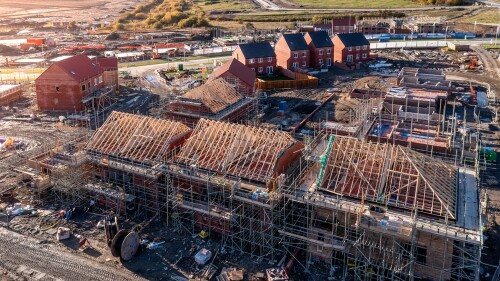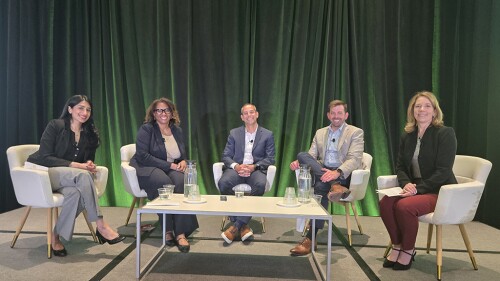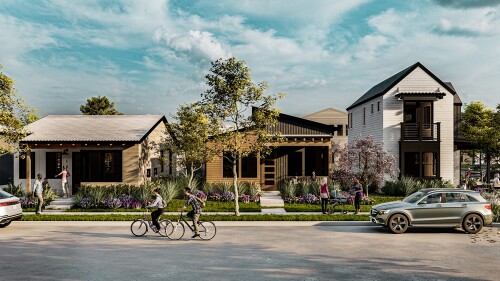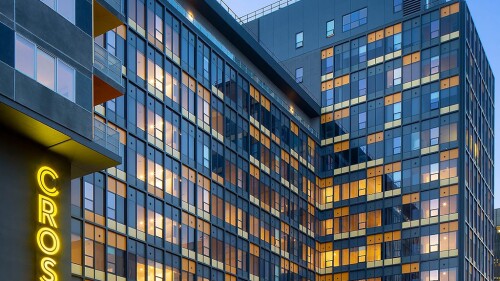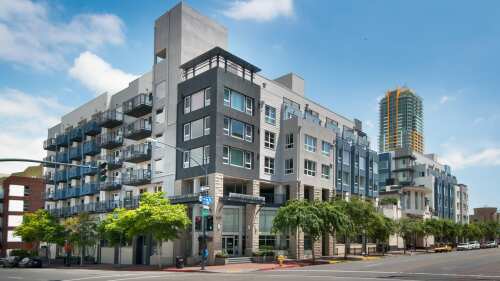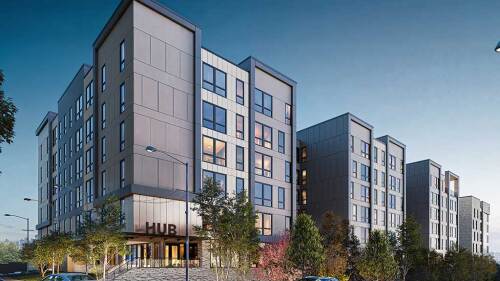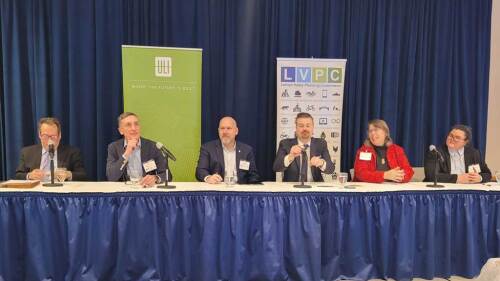Multifamily
ULI has launched C Change for Housing, a major new pan-European program designed to mobilize the real estate industry around two of society’s most urgent and interconnected challenges: the climate crisis and housing affordability.
At a panel at the 2025 ULI Spring Meeting in Denver, Colorado, legal experts shared their insights on how developers, planners, and housing advocates can better navigate the myriad barriers and evolving legal framework at federal, state, and local levels to advance affordable housing projects and initiatives.
As practitioners in the industry, we can all too easily reduce our thoughts about housing to the practical machinations of our work. Decisions are often made to serve regulatory agencies and capital providers, and to find the cheapest and fastest path to completion. We mustn’t lose sight of the fact that our job is to create places that serve real-life human needs.
Local governments are rolling out new and updated programs—including tax incentives and zoning amendments—to encourage developers to convert vacant office buildings to some other use.
Every commercial real estate cycle presents a unique opportunity to drive innovation and refine investment strategy. That’s among the takeaways from Urban Land’s interview with industry vet Jim Brooks, president of Los Angeles–based BH Properties. Brooks brings deep experience in navigating cycles and unlocking value, with a resume that includes The Koll Company, Morgan Stanley, Tishman Speyer, and Columbia’s real estate Master’s degree program.
Existing properties get makeovers to provide sustainable options for vulnerable populations
Los Angeles-based impact fund manager SDS Capital Group has launched a new capital platform—SDS Impact Debt (SDSID)—that aims to bring much needed, low-cost debt to the affordable housing market. It is an asset-backed model that offers below-market financing (both permanent and construction) for affordable housing projects—and is potentially scalable across the U.S.
As student housing needs evolve, developers are rethinking design, creating dynamic, experience-driven communities that promote connection and well-being.
In early February 2025, hundreds of stakeholders and real estate professionals gathered at DeSales University for a meeting sponsored by ULI Philadelphia and Lehigh Valley Planning Commission and supported by ULI’s Terwilliger Center for Housing and Lehigh County Commissioners. The first installment of a three-part Technical Assistance Panel (TAP), “Housing Supply and Attainability Strategy in the Lehigh Valley” aimed to open the conversation and further shape the technical assistance work to follow.
ULI and research partner RCLCO have released the ULI Terwilliger Center for Housing’s 2025 Home Attainability Index, a data-rich tool measuring affordability, connectivity, racial disparity, and growth across the United States at the MSA, county, and census tract levels.

